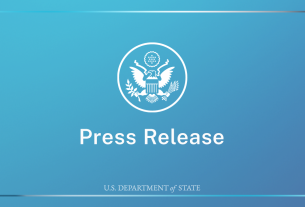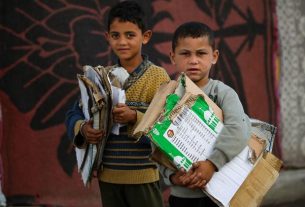April 2025 — In a rare display of prompt response, law enforcement authorities in India have swiftly arrested suspects in the murders of three journalists across the Andaman and Nicobar Islands, Uttar Pradesh, and Chhattisgarh this year — actions that have been cautiously welcomed by the press community in a country where convictions in such cases remain dismally low.
The most recent incident involved the brutal killing of Sahadev Dey, a 38-year-old digital journalist with News Republic Andaman. Dey, known for exposing illegal timber smuggling, illicit alcohol trade, and gambling operations in Diglipur, was reported missing on March 30. His burnt remains were found a day later in the DB Gram area.
According to a statement from Shweta K. Sugathan, Superintendent of Police in North & Middle Andaman, Dey’s wife filed the initial complaint. Police arrested four suspects — S. Gangaya, the alleged mastermind who operated a bar in Diglipur, along with A. Rama Subramaniyan, M. Ramesh, and Bithika Mallick — for their roles in the murder and attempt to destroy evidence. All are currently in judicial custody.
In a separate case from Uttar Pradesh, local journalist and Right to Information (RTI) activist Raghavendra Vajpayee, 40, was murdered in Sitapur on March 8. Police suspect the involvement of five individuals and have arrested three, including alleged ringleader Vikas Rathore, also known as Shivanand Baba, alongside Nirmal Singh and Aslam Ghazi.
Earlier this year, in Chhattisgarh, the mutilated body of Mukesh Chandrakar, 30, founder of the Bastar Junction digital platform, was found on January 3. Known for reporting on the misuse of public funds in Bijapur, Chandrakar was allegedly targeted by influential contractor Suresh Chandrakar, who has since been arrested along with three accomplices. A 1,200-page charge sheet has been filed against the accused.
While these investigations mark a rare show of urgency, media rights advocates continue to highlight India’s abysmally low conviction rate in journalist murder cases — especially those linked to their professional duties. According to the Amnesty International India and the Committee to Protect Journalists (CPJ), systemic delays in charge sheet filing and weak prosecutions often allow perpetrators to evade justice.
Globally, the situation is no better. According to UNESCO’s Observatory of Killed Journalists, over 1,700 journalists have been killed since 1993 for their work — and 90% of those cases remain unresolved. The agency emphasizes that impunity fuels a cycle of violence, intimidation, and self-censorship, especially in conflict-prone or politically repressive regions.
While journalist killings represent the most extreme form of media suppression, many more face harassment, physical threats, and digital attacks, reflecting a broader deterioration of press freedom both in India and worldwide.
India’s recent arrests offer a glimmer of hope — but until consistent prosecutions are delivered, press freedom advocates argue the culture of impunity will remain largely intact.
Sources & Attributions:
- Statements from SP Shweta K. Sugathan (via official police press release)
- UNESCO Observatory of Killed Journalists
- Committee to Protect Journalists (CPJ)
- Amnesty International India
- News Republic Andaman, Bastar Junction, and regional police bulletins
Let me know if you’d like this converted into a press release, editorial, or infographic format.


